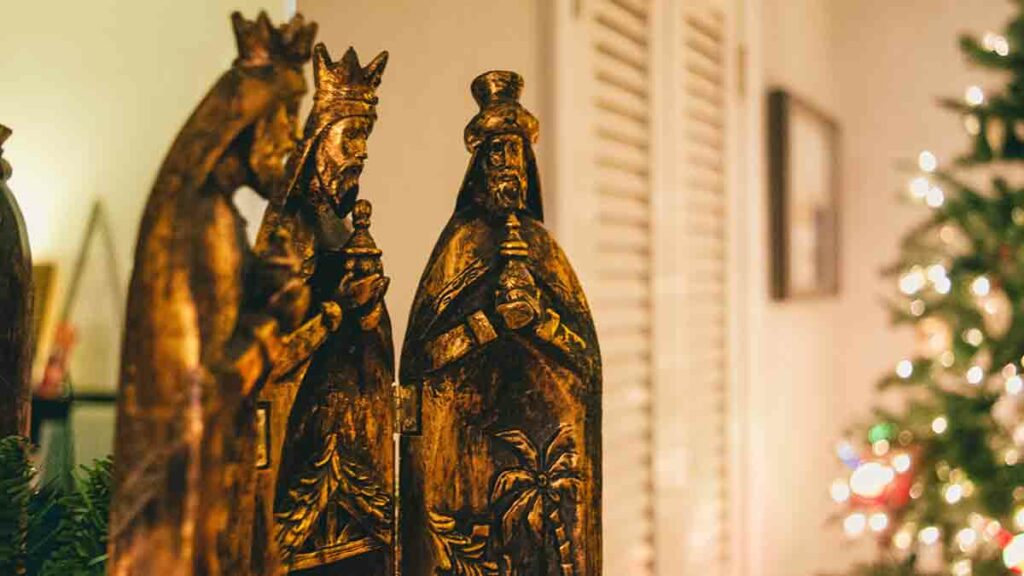Do you think you know the Three Wise Men? Despite being very famous characters, they are still unknown today. In this new post we will talk about the Three Wise Men: unknown stories and curiosities.
On the night of January 5, as the eve of Three Kings Day, magic happens. The same magic that happens on the night of December 24, as the eve of Christmas Day. Santa Claus is the beginning of everything and the Three Kings the end of everything. Each of them has their fans, or else, it can be smart to be a fan of both.

Some unknown stories and curiosities about their majesties
Their presence in the Bible
Only the Gospel of St. Matthew mentions them, and only briefly. Specifically, it relates their arrival in Jerusalem to worship “the king of the Jews who has just been born”. They are also mentioned in the account of how Herod took advantage of them to get to Jesus. In other Christian traditions, such as the Gospel of the Infancy (2nd century), more details are given. For example, that they were accompanied on their journey by three legions, which were the Persians, the Babylonians and the Asians.
It is not expressly mentioned that they were kings
Curiously, in the Bible they are not mentioned as kings, but as magi. It is also noteworthy that in these scriptures magic is punished, so the denomination of magi is striking. The presence before Jesus of men who practiced magic has a justification: magi in Greek also means “wise man or man of science”.
Were there really three of them?
The Gospel does not cite it exactly. There are traditions that point out that there could have been 7 or 12, like the Armenians. But it was established that there were three because the gifts to the Messiah were precisely three: gold, frankincense and myrrh.
What is the origin of their names?
This information is not cited in the Bible either. The first references correspond to two texts of the 5th century. In the first they are called Melichior, Gathaspa and Bithisarea, while in the second they are Melkon, Gaspard and Balthazar. On the other hand, in a 6th century mosaic found in the Church of San Apolinar Nuovo in Ravenna (Italy) the three kings appear. Above their heads, the current names are given: Melchior, Gaspar and Balthazar.
There are different interpretations and theories
Some maintain that they represent the three continents then known: Europe, Africa and Asia. Others claim that they were Persian priests or even Babylonian doctors. There are also those who believe that their figures had the idea of convincing the population to convert to Christianity. At that time, there were more conversions among pagans than among Jews.
Why January 6?
In principle, that day celebrated the Epiphany, the revelation of Jesus to the non-Jewish world. But in other cultures January 6 was a holiday related to the winter solstice. In the 5th century this date was identified with the Adoration of the Magi.
Where does the “roscón de reyes” come from?
It is believed that its origin is located in Ancient Rome, in the Saturnalia or Saturnales festivities. These were days that the Romans celebrated because the days were getting longer. Therefore, the custom was to distribute among the lower classes round cakes made with figs, dates or honey that hid a bean inside. The slave who was lucky enough to find it would be named ‘king of kings’ for a limited time, receiving favors and comforts.
Is it true that there was a fourth Wise Man?
Some legends consider that there was a fourth Wise King, named Artaban, who would have stopped along the way to attend to a dying elderly man. Because of this, he arrived late in Judea and as punishment was imprisoned and locked up for thirty years in the palace of Jerusalem. This story was collected by the theologian Henry van Dyke in a Christmas story called The Other Magician King (1896).
Photo credit: JM